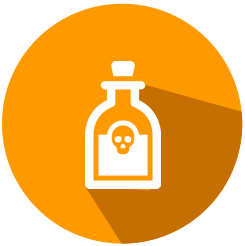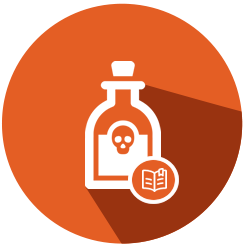Authorisation process
Authorisation process
The aim of the authorisation process is to:
- Ensure that the risks related to substances of very high concern (SVHCs) are properly controlled throughout their life cycle
- Promote the progressive replacement of SVHCs by suitable alternatives (less dangerous substances, new technologies and processes), where technically and economically feasible alternatives are available.
Close
Phase III
Application for authorisation-
- Preparation of the application.
- Notification and Pre-submission information session.
- Finalisation of application.
- Submission of application to ECHA.
 Application for authorisation
Application for authorisation -
 Consultation
Consultation -
- Questions to the applicant from the RAC and SEAC rapporteurs.
- Possible trialogue between the applicant, RAC & SEAC and any third party that has provided information on alternatives.
- Draft opinion by RAC and SEAC.
- Final opinion by RAC and SEAC, taking into account the applicant’s possible comments on the draft opinion.
 RAC and SEAC opinion
RAC and SEAC opinion -
- Draft decision by the European Commission.
- REACH Committee vote and adoption of decision.
 Commission decision
Commission decision -
- Compliance by authorisation holders and downstream users.
- Enforcement by National enforcement authorities.
 Implementation
Implementation -
- Update of documents in initial application and submission of any other elements required in the authorisation decision
- The process for submitting and handling a review report is the same as for the initial application
 Review report, if the company needs to continue using the SVHC
Review report, if the company needs to continue using the SVHC
Close

Member States propose a substance to be identified as a substance of very high concern (SVHC) by preparing a dossier in line with the requirements set out in Annex XV to REACH.
Learn more
ECHA, at the request of the European Commission, proposes a substance to be identified as an SVHC by preparing a dossier in line with the requirements set out in Annex XV to REACH.
Learn moreSubstances of very high concern (SVHC) are

C
M
R
PBT
vPvB
ELoC
C
Carcinogens category 1A or 1B
M
Mutagens category 1A or 1B
R
Toxic to reproduction category 1A or 1B
PBT
Persistent, bioaccumulative and toxic
vPvB
very persistent and very bioaccumulative
ELoC
Substances with an equivalent level of concern to those listed above (e.g. endocrine disruptors, respiratory sensitisers)
The authorisation process can be seen as a three-phase process:
-

Phase I Substances of very high concern (SVHC)
-

Phase II Recommendation for inclusion in the Authorisation List
-

Phase III Application for authorisation















